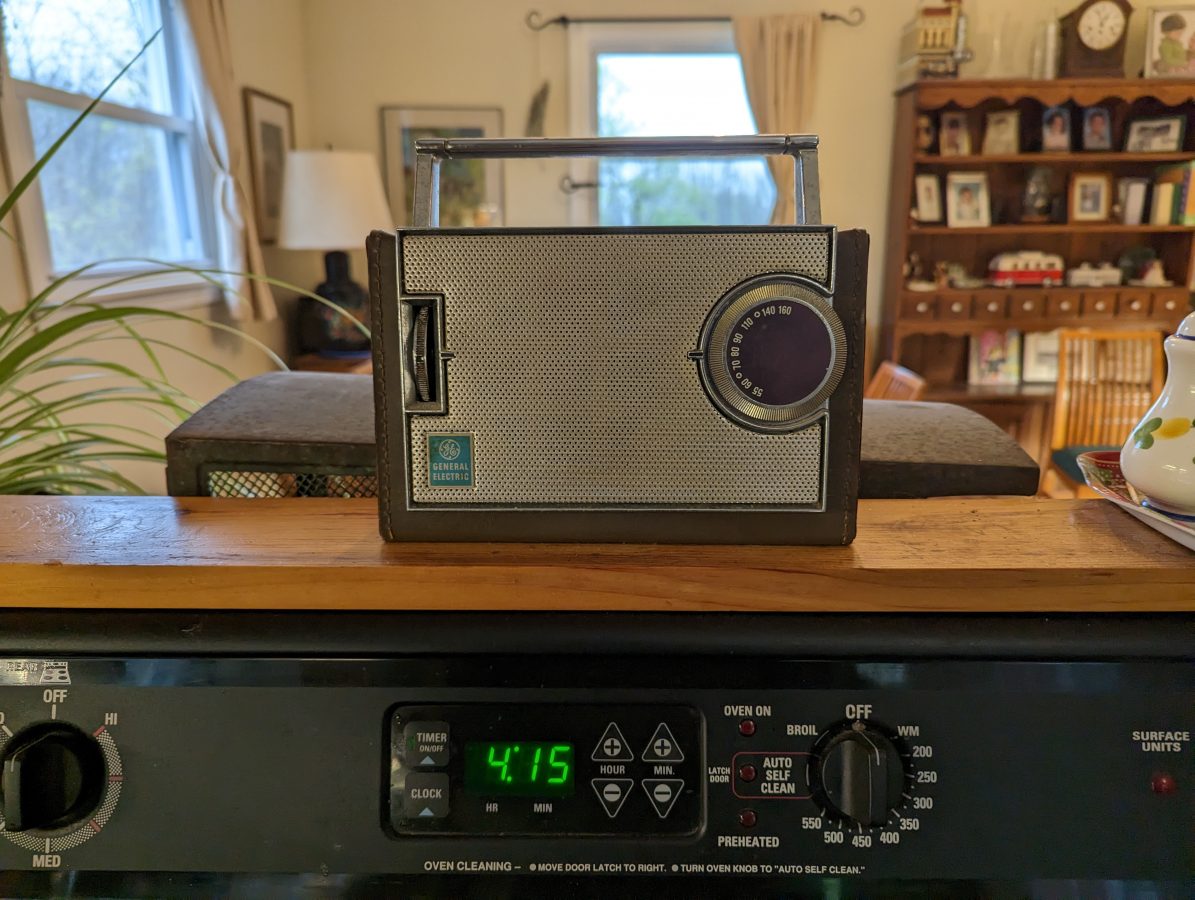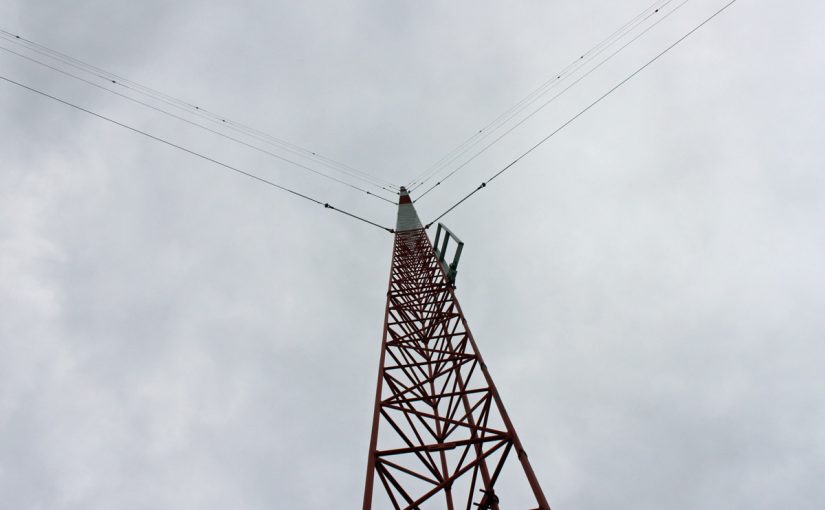I am watching, with great interest, the hand-wringing over the removal of AM radio from various vehicles. Not that I desire that to happen, but on the current trajectory, it is almost certain that AM and then FM radio will become optional if not removed completely from dashboard entertainment systems.

What can be done… what can be done…
Interestingly, several have pointed to a few successful AM stations that are still making a go of it. WABC in New York is one such station. What is the difference between WABC and other stations? Local content, perhaps? Yes, WABC is a 50 KW clear channel (Class A) station. While that does help somewhat mitigate the electrical noise problem, in and of itself, being a 50 KW station does not automatically mean success. There are other 50 KW stations in the New York Market, they are not doing that well.
I would posit; what troubles AM radio and all of radio in general, is low-effort, low-quality programming, and a general lack of community engagement. The vast majority of AM stations are running some type of syndicated programming. That is not a huge issue provided there is local content mixed in, a local morning show for example. If everything is syndicated then what is compelling listeners to tune in? If I can get better information or more entertainment by listening to a podcast on Spotify or Substack, why would I listen to the radio at all? This is a growing problem for FM as well. All of the generic “Greatest mix of the 70s, 80s, and 90s” formats are dull and boring.
One reason for all the dullness is that shy corporate lawyers to are risk-averse and do not want to be sued for profanity. Remember the Janet Jackson Superbowl incident where CBS was fined $550,000 for briefly, very very briefly showing a nipple on TV? If you were blinking at the time, you would have missed it. I missed it. I am a first amendment guy, I have two words regarding the FCC obscenity rules; fuck that. The FCC should get rid of all the outdated and patronizing profanity regulations. They stifle free thought and they are not protecting anyone from anything. I have two children and they would come home from kindergarten swearing like drunken sailors. This is why podcasts are popular; hosts are allowed to roam freely express themselves, and explore controversial topics. You may not like what you hear, in fact, you may even be offended. However, there are no constitutional protections against being offended. All radios are equipped with tuning buttons and off buttons.
AM also suffers from a perception problem. When a station does show moderate success, it is still very difficult to sell advertising because the potential advertisers believe that no one listens to AM radio anymore. This is more a self-inflicted wound than anything else. For years, AM spots were bonused with an FM buy. If radio owner’s themselves don’t value their product, how can you expect advertisers to value it? Besides, I know lots of people listen to AM radio for one reason or another.
There are some technical aspects to this conversation as well. First and foremost, the AM noise problem is the biggest technical challenge for AM listeners. The use of FM translators to retransmit AM signals is more of a gimmick than some type of solution. Especially when the maximum power for a translator is 250 watts (many are licensed at much lower power levels). While the AM signals they are associated with are 1,000 watts, 5,000 watts, 10,000 watts, or even 50,000 watts. A translator can be significant in the case of an AM daytimer (class D station) after-sign-off. Otherwise, they do not offer too much else for the typical AM stations. Most other “technical improvement” initiatives from the AM revitalization era were more aligned with cost savings for owners rather than actual technical improvement.
One of the great advantages of AM radio is it can cover large distances with moderate amounts of power. Transmitters and receivers are relatively simple devices that can function without an internet connection. As I learned from my contacts in Ukraine, broadcast radio is often the communication line of last resort when the grid is down. FEMA has spent a good deal of money hardening AM radio facilities across the US to ensure that they will remain operational during a crisis.

Regarding the alleged sound quality issues; I notice the AM radio in my Subaru sounds pretty good even when listening to music. What is interesting to me, when I first land on an AM station, it sounds pretty narrow-banded audio-wise. After a few seconds, it opens up and I get much better-sounding audio. I am not sure if this is just some random radio software function or if the IF adjusts itself for wider audio when the signal strength is good. In either case, the AM radio in my car sounds much better than the previous cars I have owned.
It would be very interesting, at least for me, to see a head-to-head test of HD Radio MA-3 vs DRM30 vs Analog AM vs a 250-watt FM translator. More research and testing of all digital audio transmission on Medium Wave frequencies should be done.
In short, saving AM is going to be an uphill battle in both directions. It comes down to three basic things:
- Programming
- Perception
- Imaginative innovation

